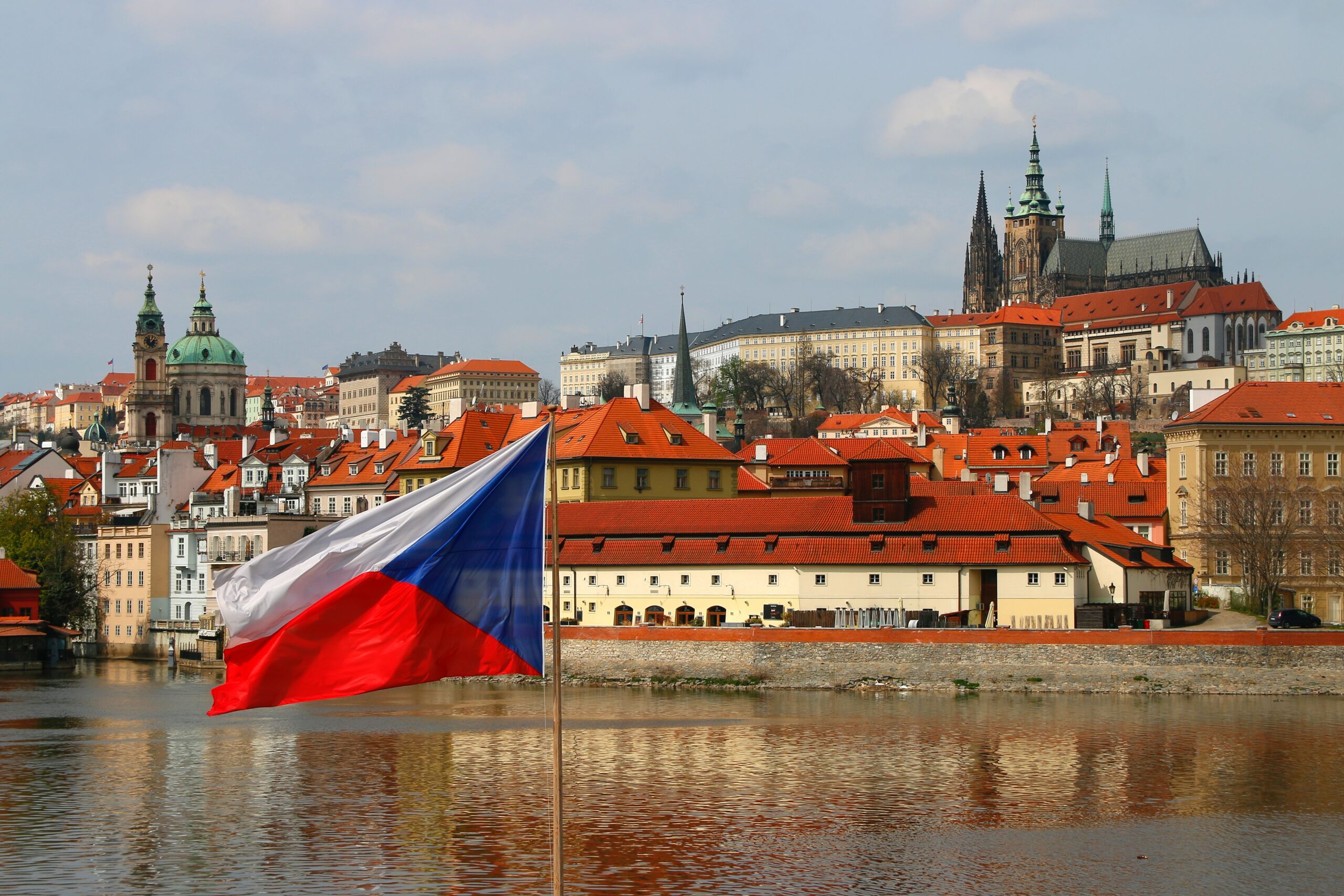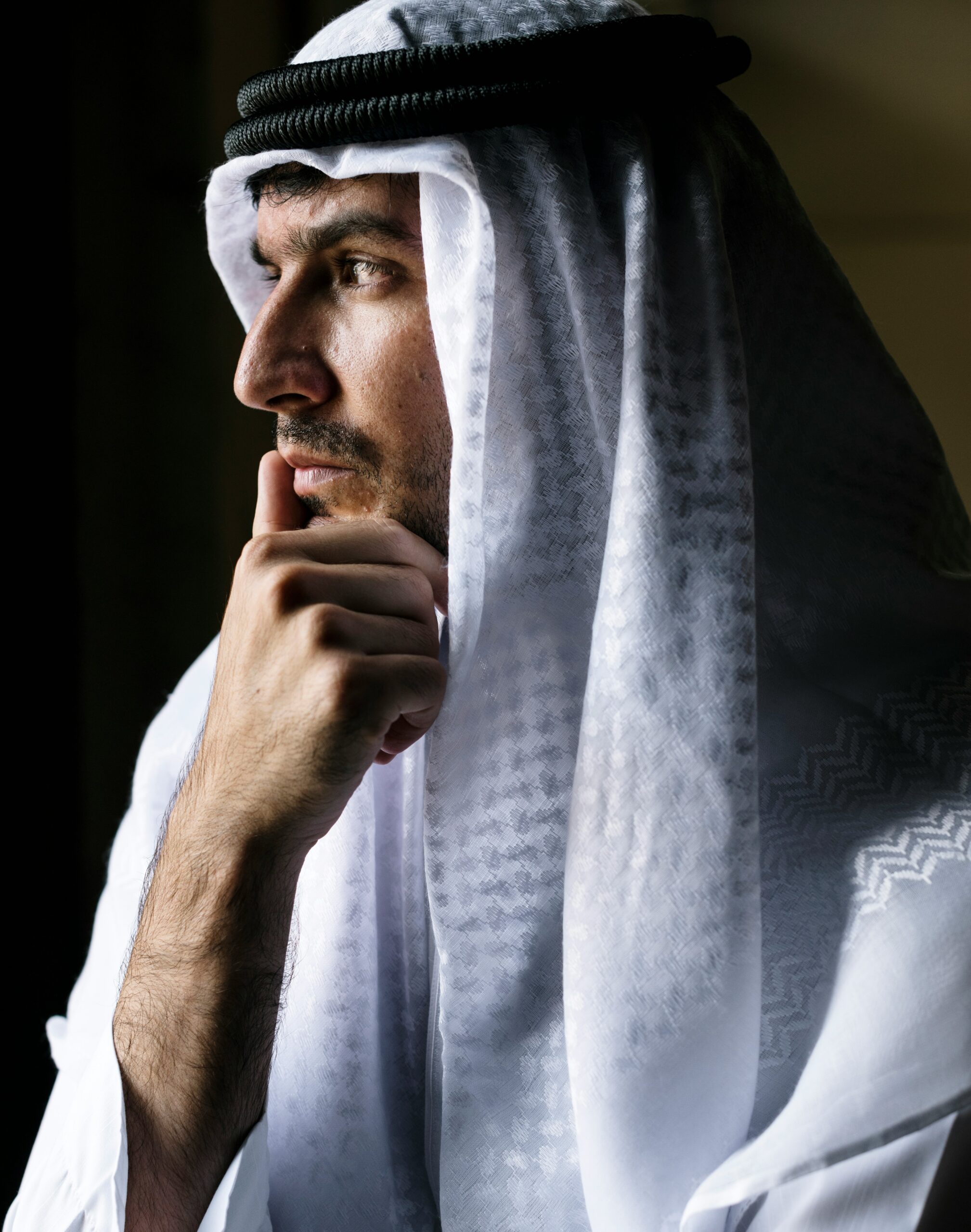How to interpret Czechia’s support for the Moroccan Autonomy Plan, and what are its possible consequences?
The Kingdom of Morocco and the Czech Republic have a deep ambition to develop their bilateral relations in all sectors. The last visit of Nasser Bourita, the Moroccan MFA, could perfectly translate this ambition. It was a remarkable visit since the Czech Republic has supported the Moroccan autonomy plan of the Sahara, a major step from the European country toward the Kingdom of Morocco. Indeed, this recognition could translate the aspiration of the Czech Republic to a profound partnership with Morocco.
Cooperation between Morocco and Czechia has deepened in the past 20 years. In 2001, still before Czechia joined the European Union and Morocco gained its “advanced status” towards it, a bilateral treaty on mutual investment protection was signed. It was reinforced in 2010 during a meeting of the ministers of finance of both countries, while a Czech commercial office was opened two years later in Casablanca, Morocco’s most prominent business city. In the following years, high-level meetings, notably at the ministerial level (e.g., trade and industry in 2015) and the levels of heads of government (2018, in Rabat) and of state (2016, in Prague), marked a further expansion of bilateral ties. The visit of Prime Minister Andrej Babiš in 2018 launched the Czech-Moroccan Business Forum, and a bilateral trade agreement was approved by the Moroccan Council of Ministers the following year.
Trade figures point to the direction that has contributed to strengthening the bilateral relations: the automotive sector. Some context is required here. In a period ranging from the late 1990s to the mid-2000s, Morocco ramped up its production with stronger involvement of French manufacturer Renault, which acquired a majority stake in Morocco’s company for automobile construction (Somaca). In the 2010s, the Moroccan state and state-owned enterprises (SOEs) plowed billions of dollars in transport infrastructure (including highway, railway port, and airport) along the Tangier-Casablanca axis covering the northwest Moroccan littoral up to the Strait of Gibraltar, 14kms away from Spain. Further incentives (access to land, fiscal advantages, administrative one-stop-shops, subsidies on training, and overall improvement of the business climate and “doing business” ranking) further boosted Morocco’s competitiveness and helped attract massive investment from Renault and its historical counterpart, Peugeot. Automaking helped develop a manufacturing ecosystem with U.S. and Japanese providers setting up shop in the Kingdom – the sector is one of the top 2 exports of Morocco and makes the country one of the two main automaking hubs in Africa together with South Africa.
Morocco was thus following a pattern of foreign-direct-investment-driven growth, with the manufacturing sector at its heart and with a strategic partnership with a partner country (France) coupled with cost-efficiency driving its industrialization (notably in terms of job creation and exports). This is precisely the path that was followed by V4 countries in partnership with German carmakers.
Data on trade with V4 countries thus point to the possible constitution of fast-growing, albeit nascent, automotive-related value chains. According to the observatory of economic complexity, car-making-related exports have experienced an acceleration towards Czechia in the five years leading to 2021: 107% for motor vehicles, parts, and accessories; 182% for insulated wire; 557% for valves; and 932% for engine parts. Moroccan exports of motor vehicles and parts, integrated circuits, and electronic control boards towards Slovakia have all topped 1,000% of growth, while exports of insulated wire to Hungary experienced a staggering rate of 3,260% during the same period. Conversely, the automobile sector has contributed to boosting V4 exports to Morocco: between 2016 and 2021, they grew by 76% for Czechia and 44% for Slovakia. These regional value chains thus demonstrate that complementarities, cooperation, and synergies are possible between V4 countries and countries addressed by the Southern dimension of the European Neighborhood Policy (ENP). The consolidation of this economic partnership might thus point to one dimension that could have encouraged Czechia and Hungary to support Morocco’s autonomy plan as a “serious, credible, and lasting solution” to the Western Sahara conflict during the past two years.
Last, the economic and political dimensions of Morocco’s partnership intersect when taking into consideration current geo-economic reconfigurations taking into account the technology/green transition nexus and the related partial reshuffling of value chains in a context marked by U.S. / China rivalries (e.g., over cleantech) and the induced push for friendshoring and de-risking. In essence, the revolution of mobility has led to vast investment in electric vehicles and batteries, which have boosted investment in V4, such as Hungary, and forced automakers to “greenify” their production. In parallel, the EU, through the Green Deal, is striving to become carbon-neutral by 2050, thus making it look for alternative sources of energy to replace fossil fuels. As a consequence, Morocco, which enjoys a vast supply of natural sources of energy and minerals, has developed policies and legal frameworks in these matters, benefits from its relative political stability, boasts manufacturing capabilities in the automotive sector, geographic proximity to the European market, and free trade agreements with significant markets (e.g., with the EU and the US) is ideally placed to become a substantial provider of clean energy (e.g., green hydrogen) and mobility. Furthermore, much of Morocco’s potential in green energy lies in its Southern provinces, as exemplified by the proposed launch of numerous green hydrogen projects in the southern regions of Guelmim-Oued Noun, a few dozen kilometers north of the contested territories of Western Sahara.


